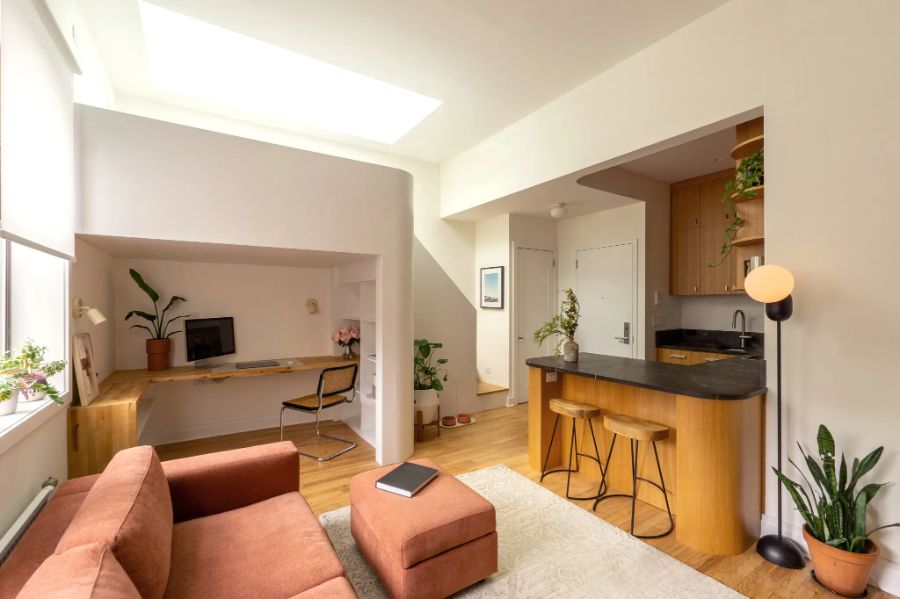By Serj Markarian, Licensed Real Estate Salesperson and Manhattan Market Expert
During the pandemic, as New Yorkers found themselves working from home, many had to transform limited spaces into makeshift offices. Although many have returned to the office, the need for versatile, multi-use spaces remains, as the pandemic reshaped how we live and work.
Older homes were often built with formal, designated areas like kitchens, bathrooms, bedrooms, living rooms, and sometimes a family room or den. However, many New Yorkers find that their dining rooms are underused, converting them into more practical spaces—especially in a city where every square foot counts. The key is to maximize underutilized spaces, making them as functional as possible.
A recent New York Times article features tips from designers on how to create inviting, multipurpose living areas. They recommend starting by assessing your needs and the available space. Designers suggest creating zones with doors, screens, or partitions to prevent everything from blending together, giving each section a distinct purpose. They also encourage embracing awkward spaces and incorporating small-scale, transformable furniture to make the most of your home’s layout.
For those with extra space, it can easily be transformed into a productive and stylish home office, wellness area, or home gym—perfect for fitness enthusiasts who want to avoid the snowy trek to the gym during winter months. If you have multiple needs for the same space, consider creating a versatile, multi-purpose room. With a few functional furniture pieces that offer storage and adaptability, you can seamlessly transition the room between a nursery, guest room, or office to suit your changing needs.
There are countless possibilities but it’s highly advised that you start by following the steps outlined in the New York Times article. Whether you choose to tackle the project yourself or bring in professionals, it’s essential to create a space that’s both inviting and functional, thoughtfully designed to meet your needs. If you're ready to start a project but would like to consult with a professional designer, feel free to reach out—I’d be happy to recommend some exceptional designers I work with and refer to my clients.



